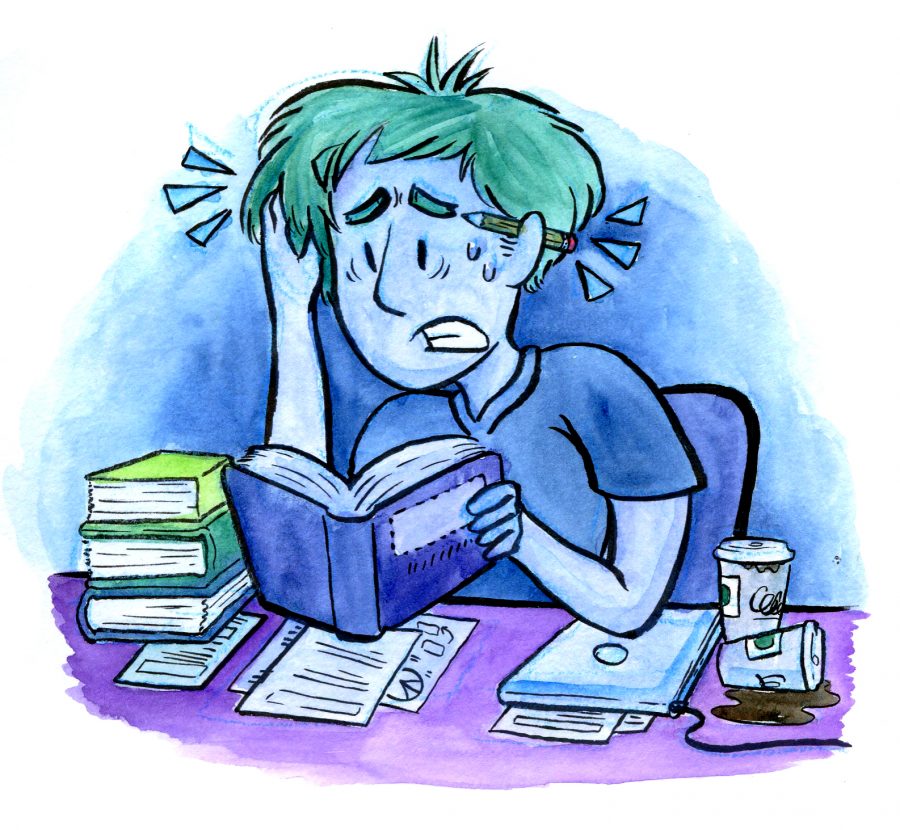As midterm exam season approaches, students should realize that many of our study habits may not be really helping at all. The best way to genuinely understand something is actually to forget it first.
According to Dr. Veronica Yan, assistant professor for the Departments of Psychology and Educational Psychology, we often use passive strategies that make learning feel easy without actually deepening learning. Most commonly practiced study methods — learning styles, highlighting, and rereading — are actually ineffective and create a false sense of knowledge without active information practice. This can be “disastrous because then students stop studying and practicing a retrieval of knowledge before they’ve really mastered anything,” Yan said.
Instead, students need to practice creating what are called desirable difficulties to ensure active learning. Desirable difficulties refer to self-challenging study strategies such as self-testing or verbally explaining relatively unfamiliar information. While these strategies initially seem to slow one’s learning, they significantly increase performance over more passive methods like rereading.
The key goal of learning is to be able to recall temporarily forgotten information. When studying, material is absorbed and often pushed out of short-term memory as more things are learned. However, the knowledge hasn’t disappeared; as important as it is to initially absorb all relevant material, the critical component is how to take it out and apply it.
The three most proven strategies that practice this recovery of forgotten information are spacing, interleaving and retrieval practice. Spacing out your learning in much smaller chunks over multiple days or weeks and in different places
increases information retention over time, increasing performance in the long term. Interleaving is actually the least intuitive, but highly beneficial method of studying. Instead of studying material in the order on a schedule, you should actually study in an interleaved, or segmented and rearranged order. Because test questions are not presented in the order taught, studying should not be done in any chronological order either.
Finally, the most integral part of learning is retrieval, or the ability to remember and apply knowledge that has theoretically been pushed far from short-term memory. For example, creating a self-test of a chapter before launching into holistic studying is effective. Take note that retrieval only occurs when you’ve built in time for forgetting, meaning a self-test immediately after review is insignificant as the information has not left short-term memory yet.
If you’re unsure of the effectiveness of your current study strategies — don’t worry, not all is lost. These strategies to absorb the information over time rather than temporarily hold it in your brain are going to have more long term benefits than cramming and brute memorization. As midterms continue, this is an ideal time to test these research-proven strategies before semester grades are finalized.
Le is an accounting sophomore from Plano.





















